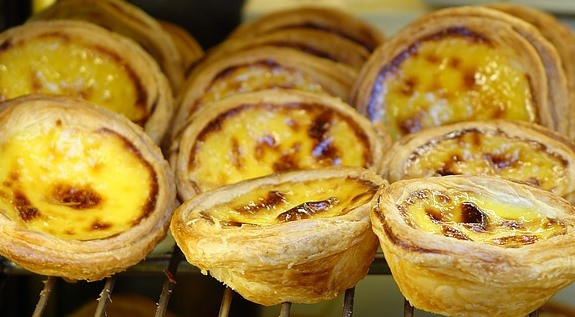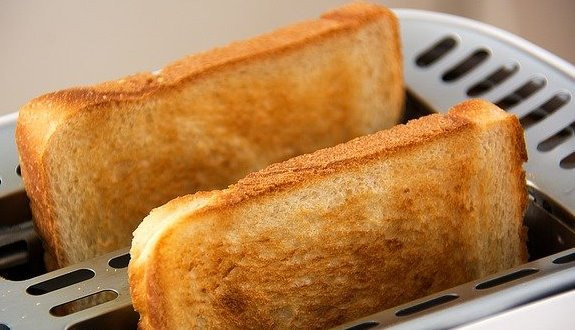Changing properties of carbohydrates
Gelatinisation helps to thicken foods that contain starch such as sauces, gravies and custards. When these starch granules are first added to liquid they become suspended in it and if you don’t stir the liquid these granules will sink to the bottom. When the granules are heated with water, the bonds between the starch molecules start to break, allowing the water molecules to enter. The water is then absorbed as the starch granules swell in size and soften. The starch granules burst open and release the starch into the liquid as it is heated to between 62 °C and 80 °C and the starch causes the liquid to thicken. The thickness of the liquid will depend on the ratio between the starch and the liquid in the mixture (the more starch the thicker the liquid will be become). As the liquid cools it solidifies and a solid gel gets formed (this method is used to make custard and other sweet pies). Gelatinisation also happens when you cook rice and pasta as they swell up and soften and release starch into water as they cook.

When starchy foods such as bread are cooked with dry heat (such as when using a toaster) the starch molecules in the food breakdown in to smaller molecules called dextrins. This breakdown is known as dextrinisation and gives food a brown colour and a crispier texture as well as a different taste. The longer the food is cooked the more starch is converted in dextrin and the food becomes even darker and crispier.

When sugar molecules are heated up to a high temperature they break down causing the sugar to turn brown and change flavours in a process known as caramelisation. The sugar goes through various stages during this process, at first the liquid is runny and has a very sweet taste and as time passes it becomes more like a smooth caramel and eventually it will turn harder and as it cools and become more like toffee. To avoid the caramelised sugar burning (when it turns black and becomes bitter) water is added during the early stages of heating. Caramelisation gives desserts extra sweetness. With savoury foods such as onions we also see caramelisation as the sugars are broken down and released making them turn brown and adding sweetness.
